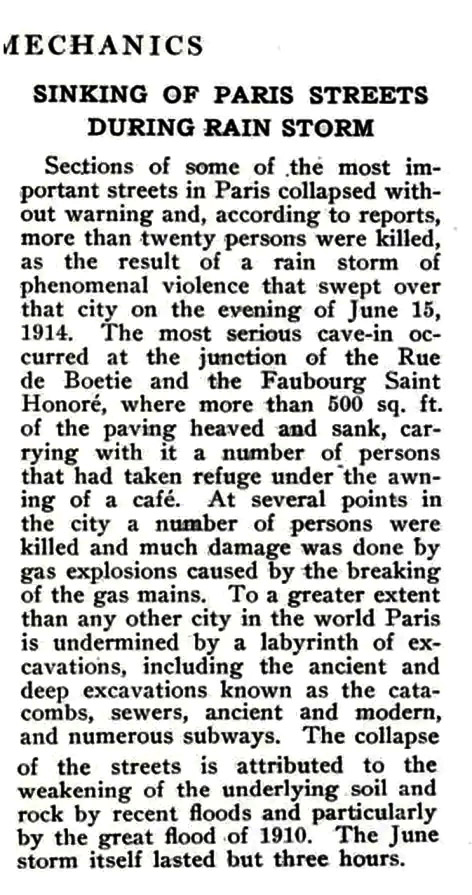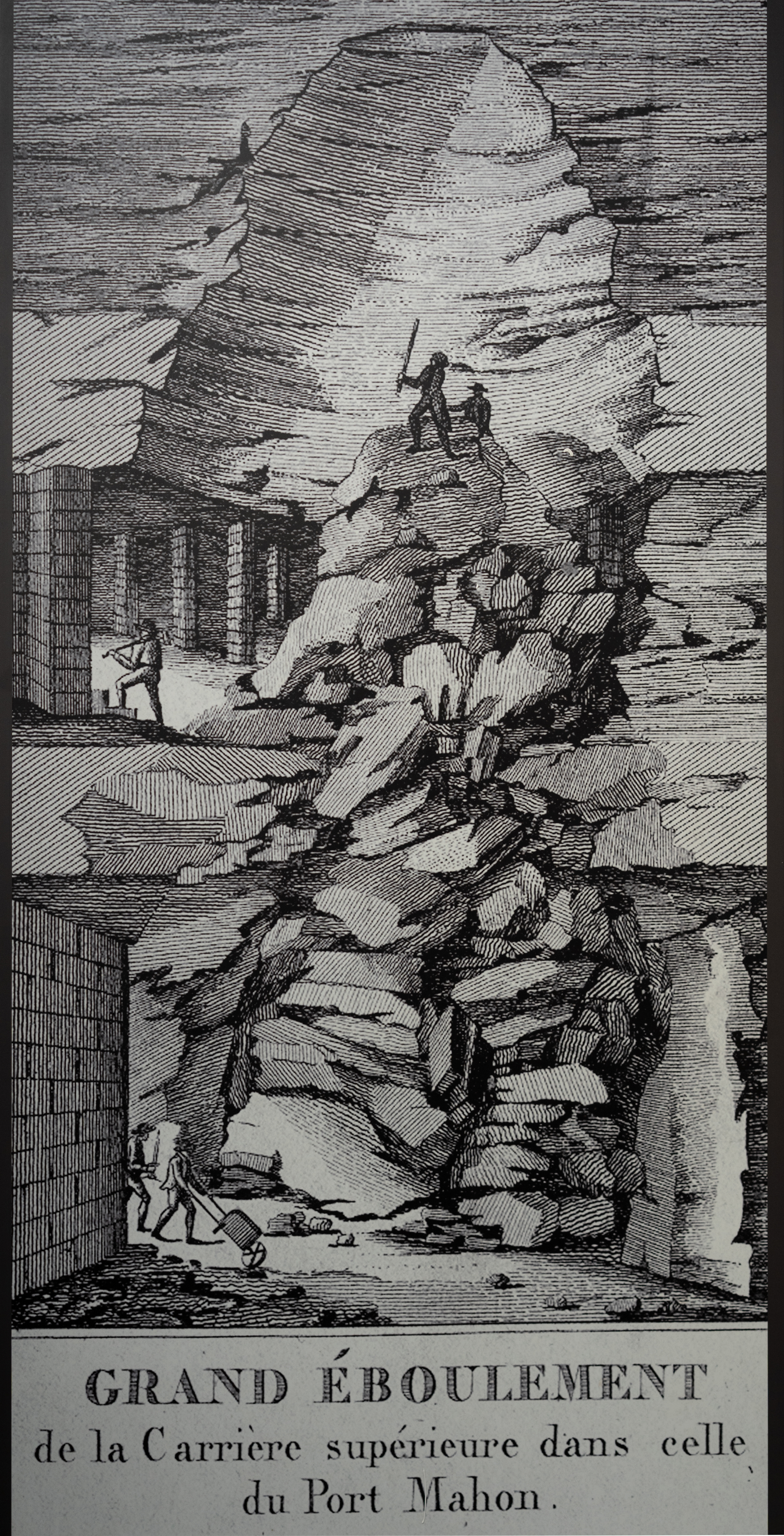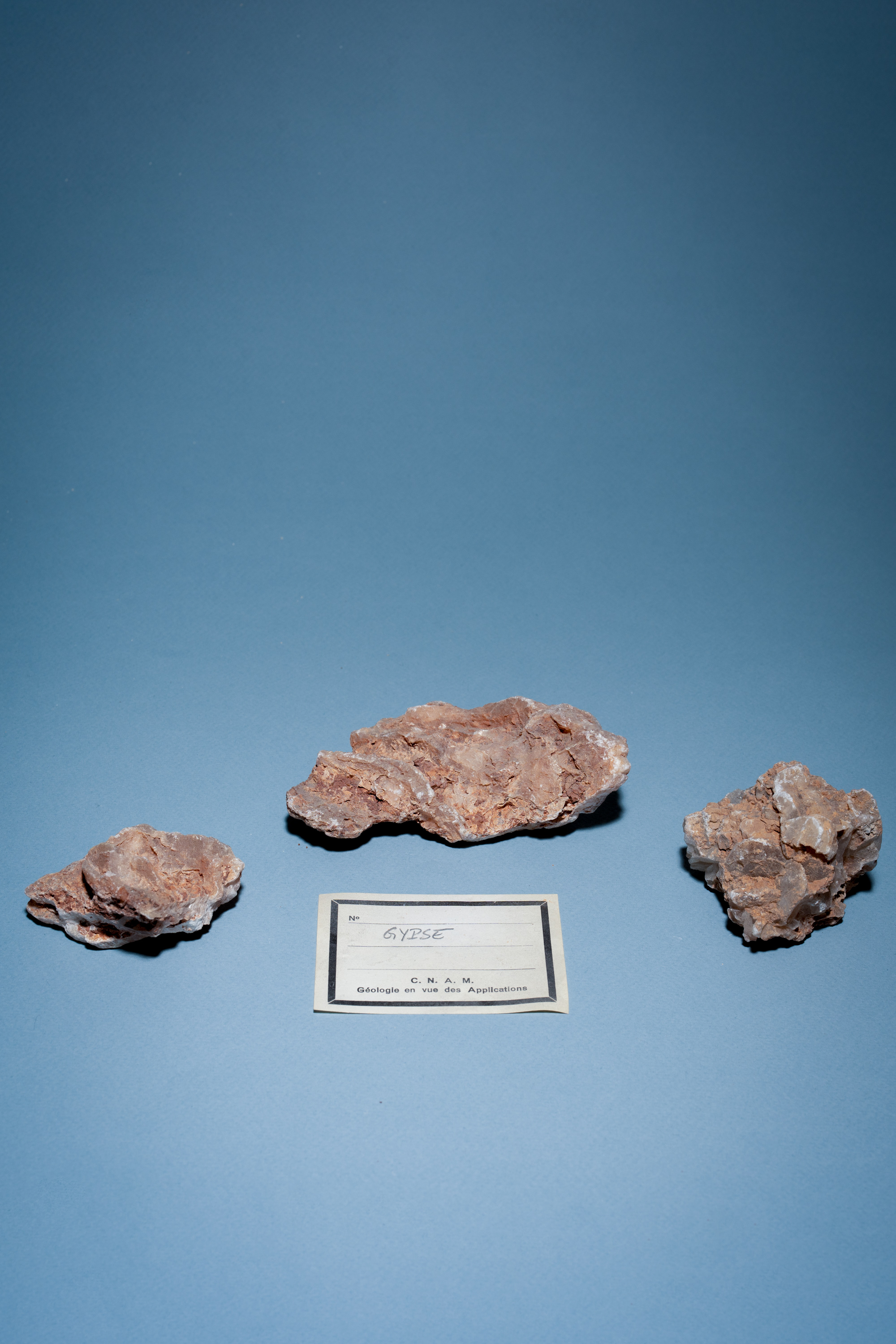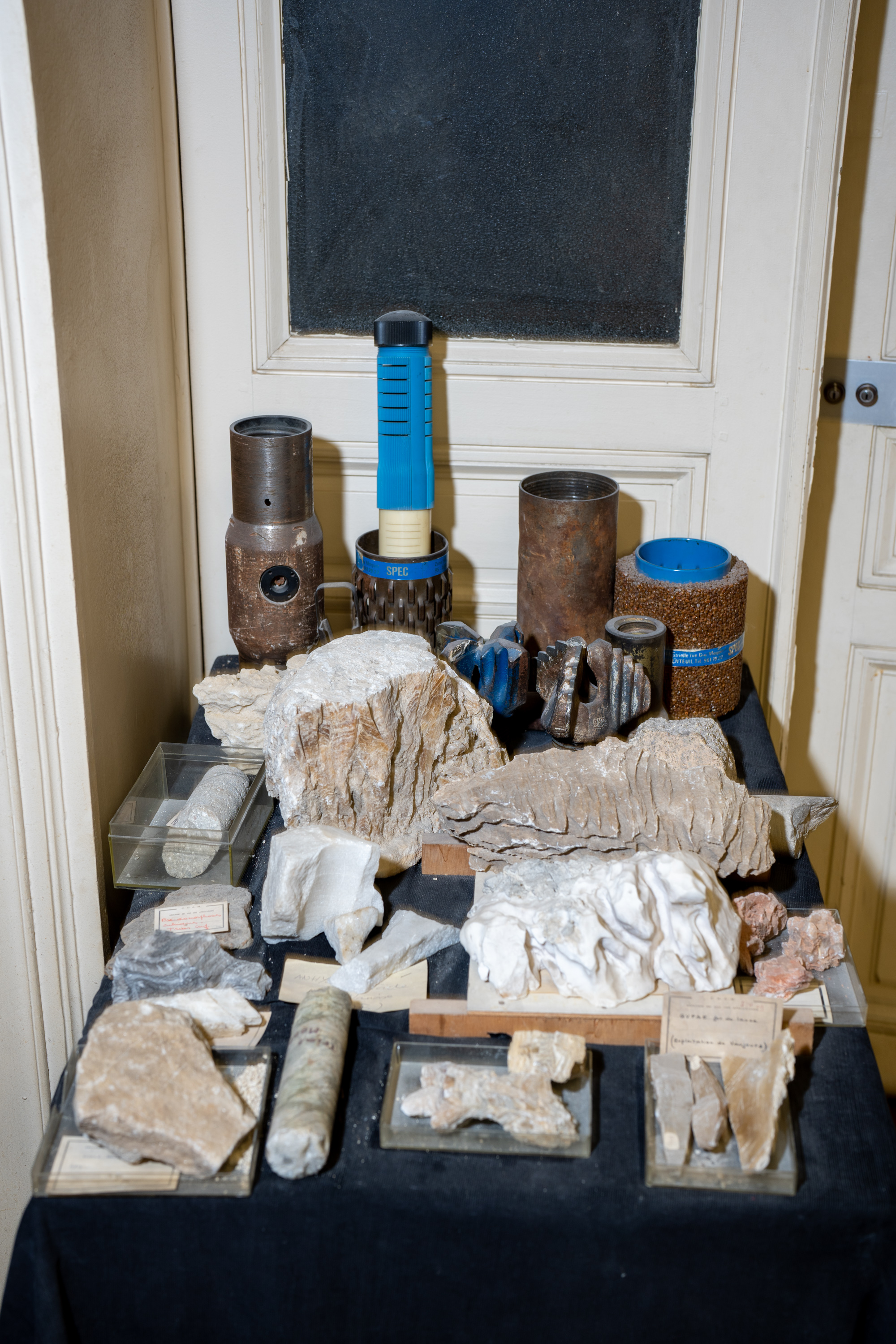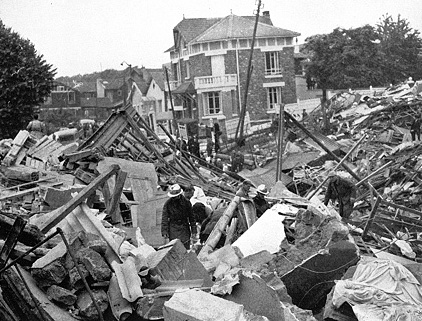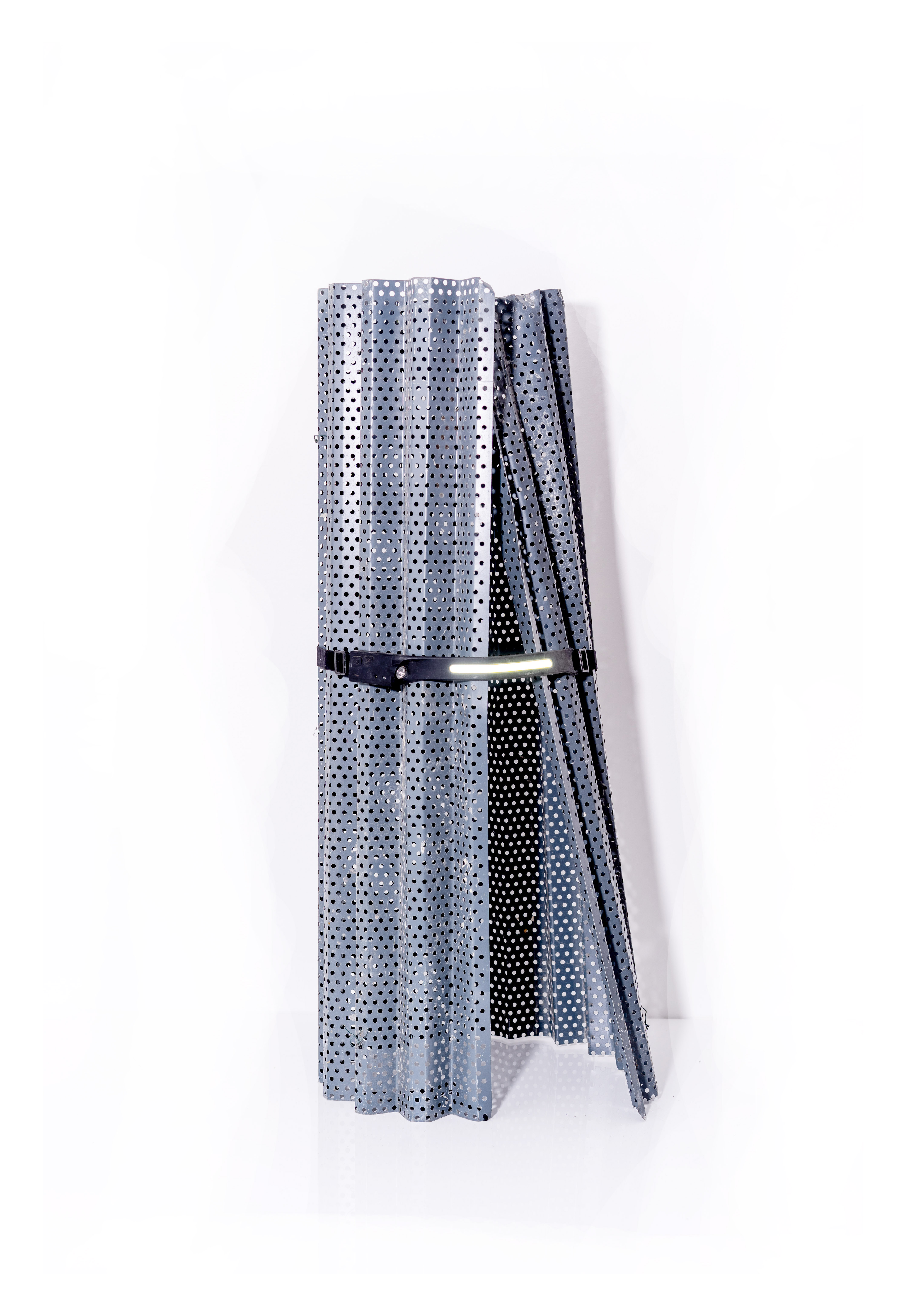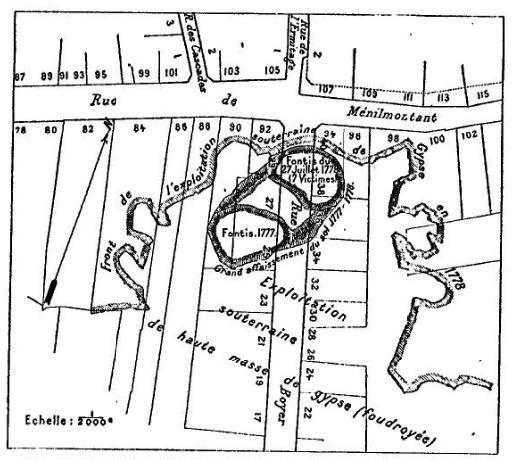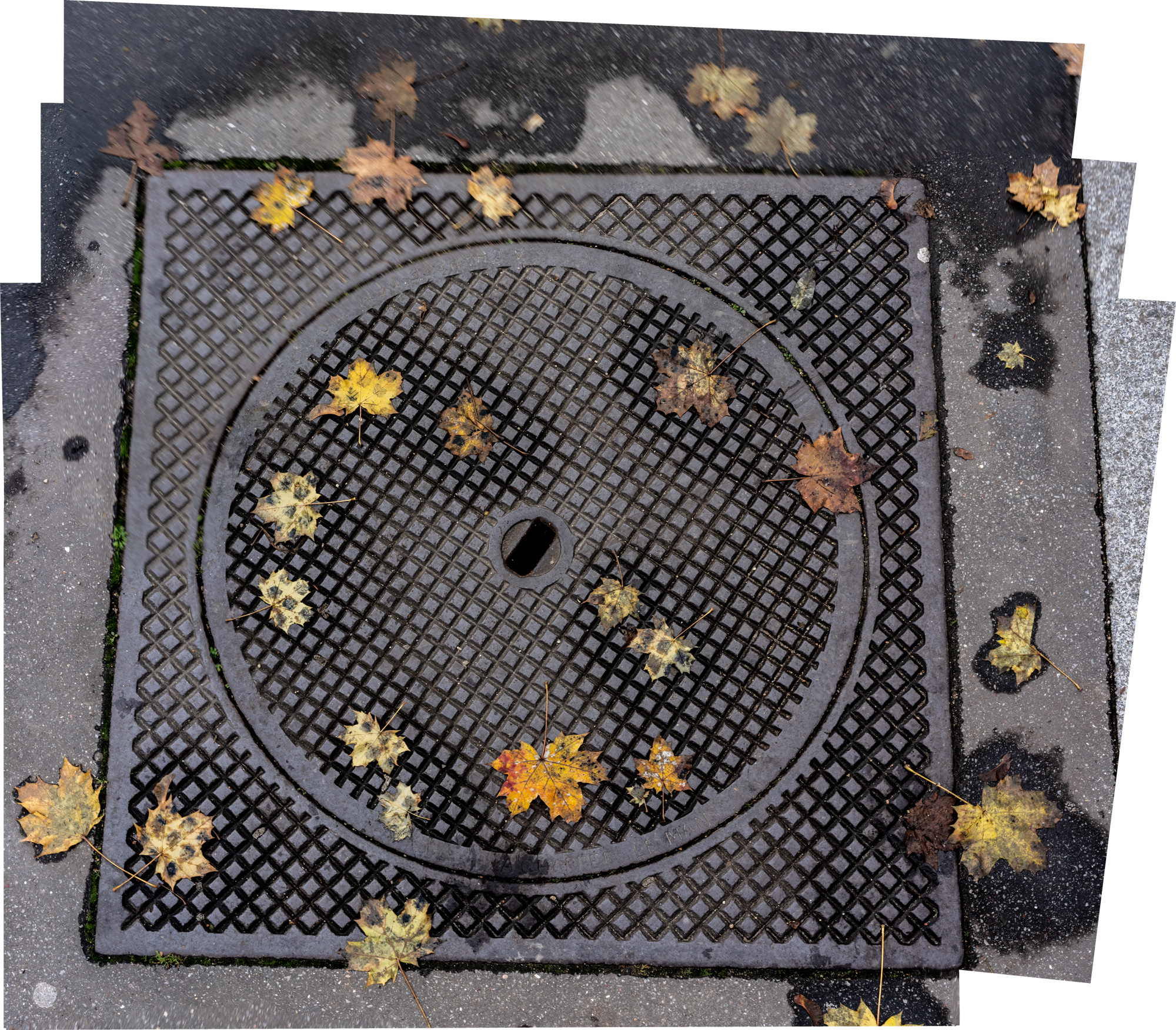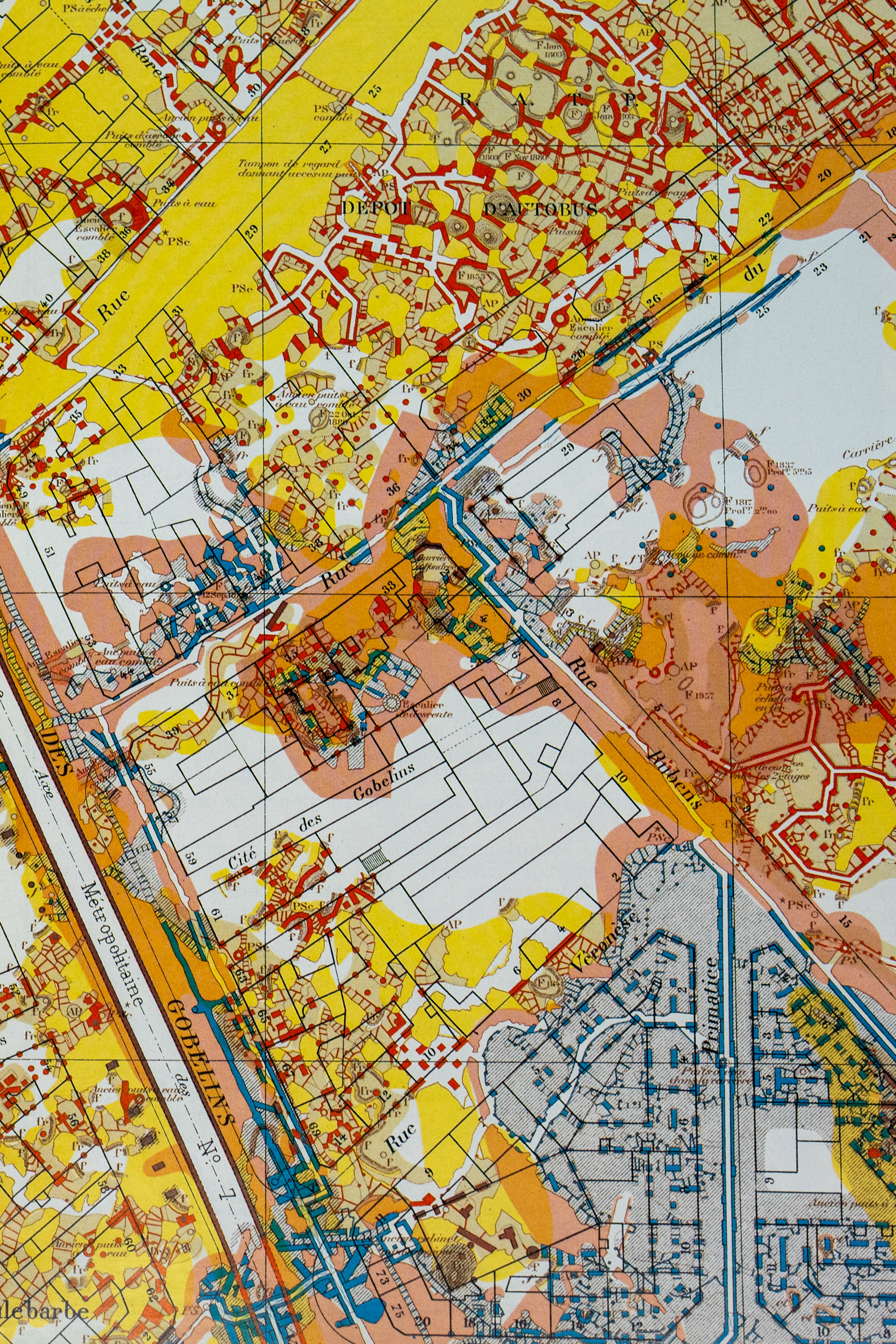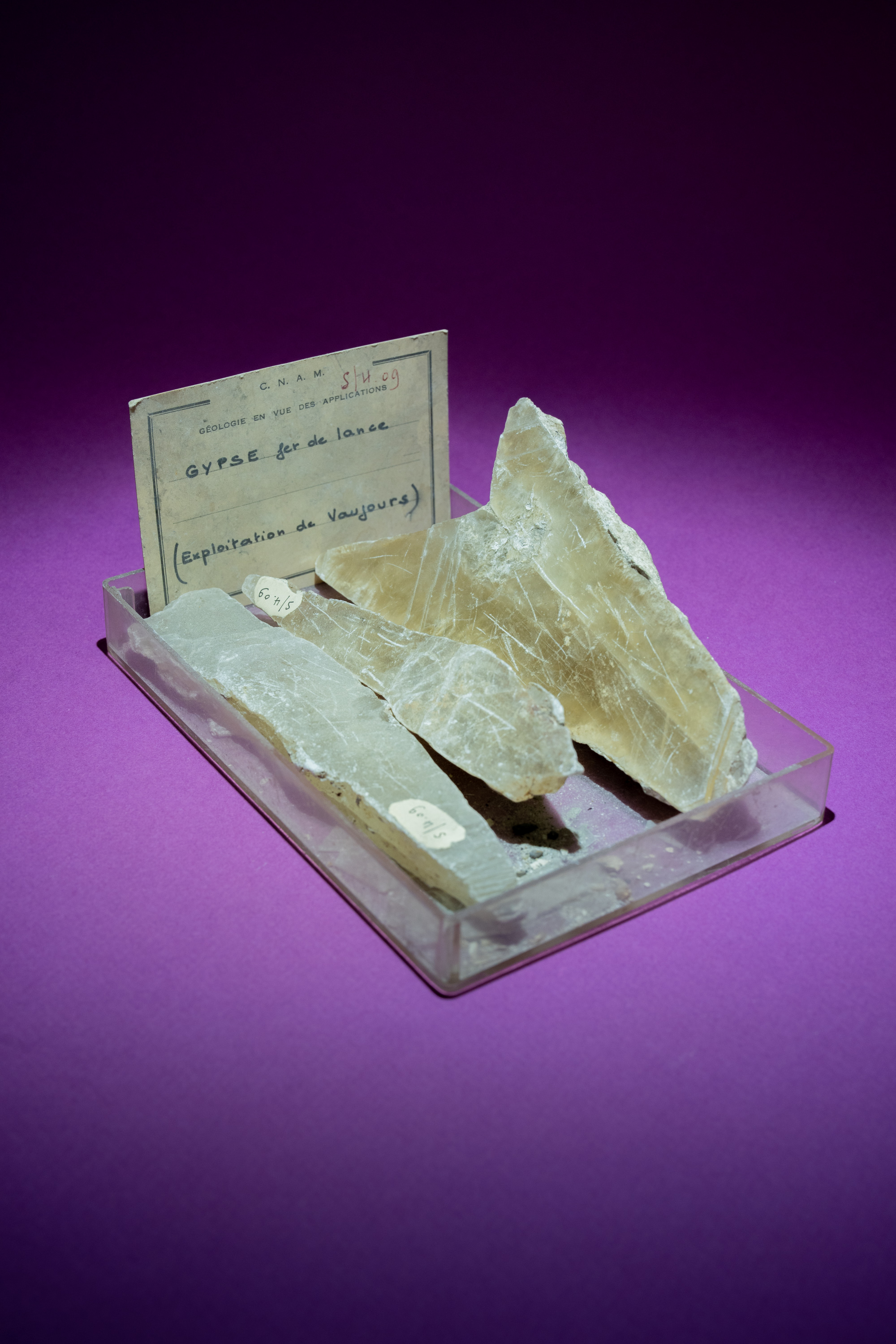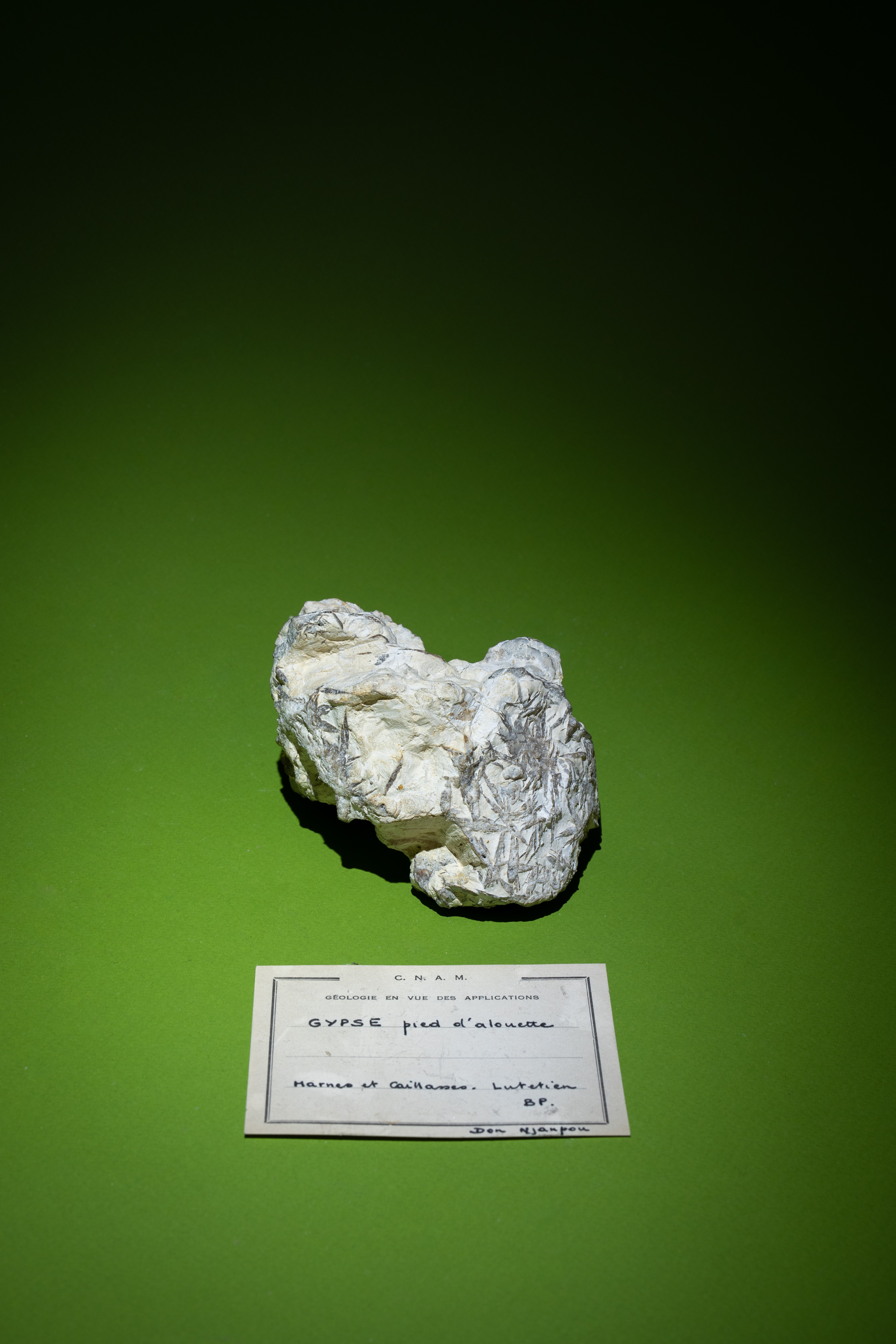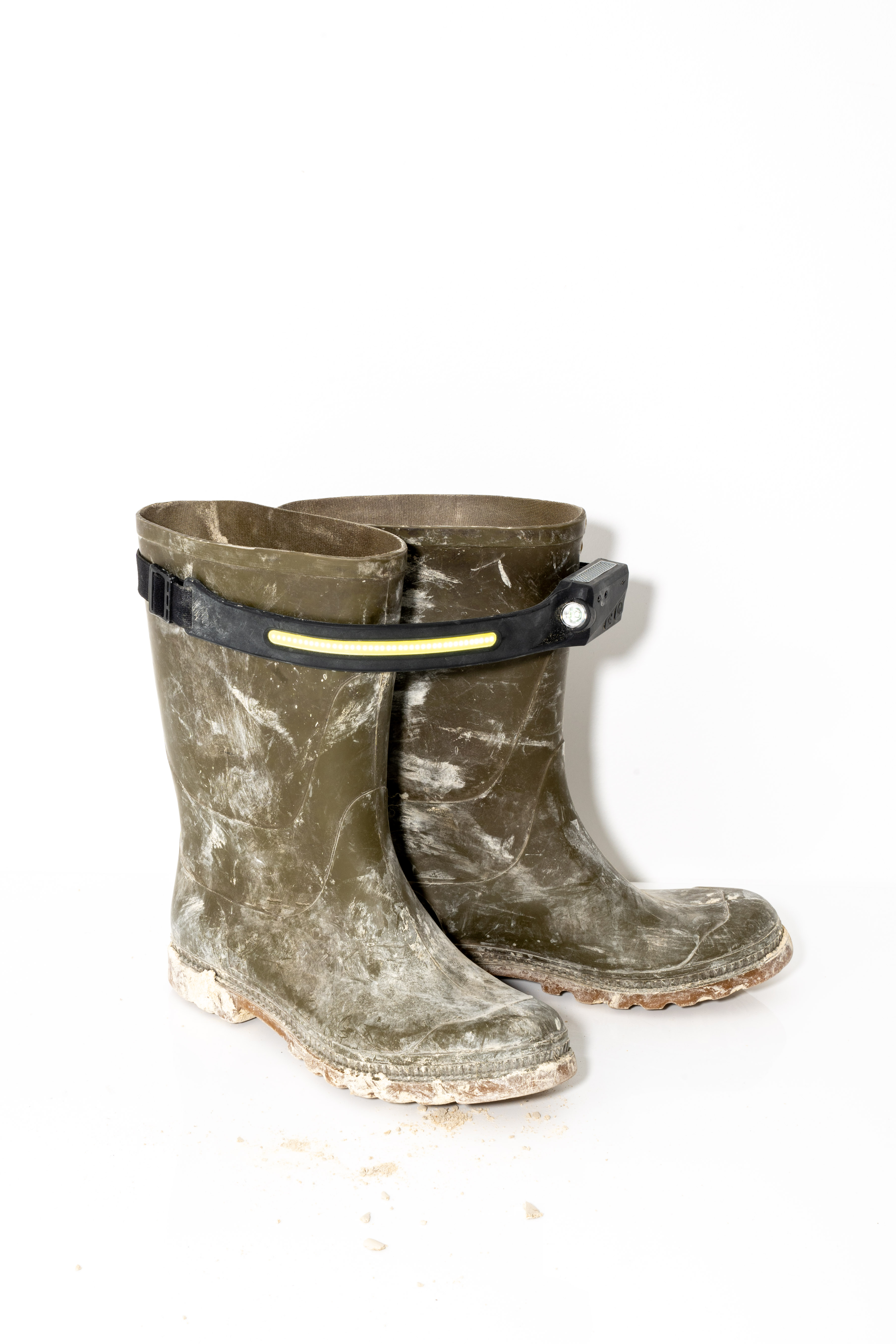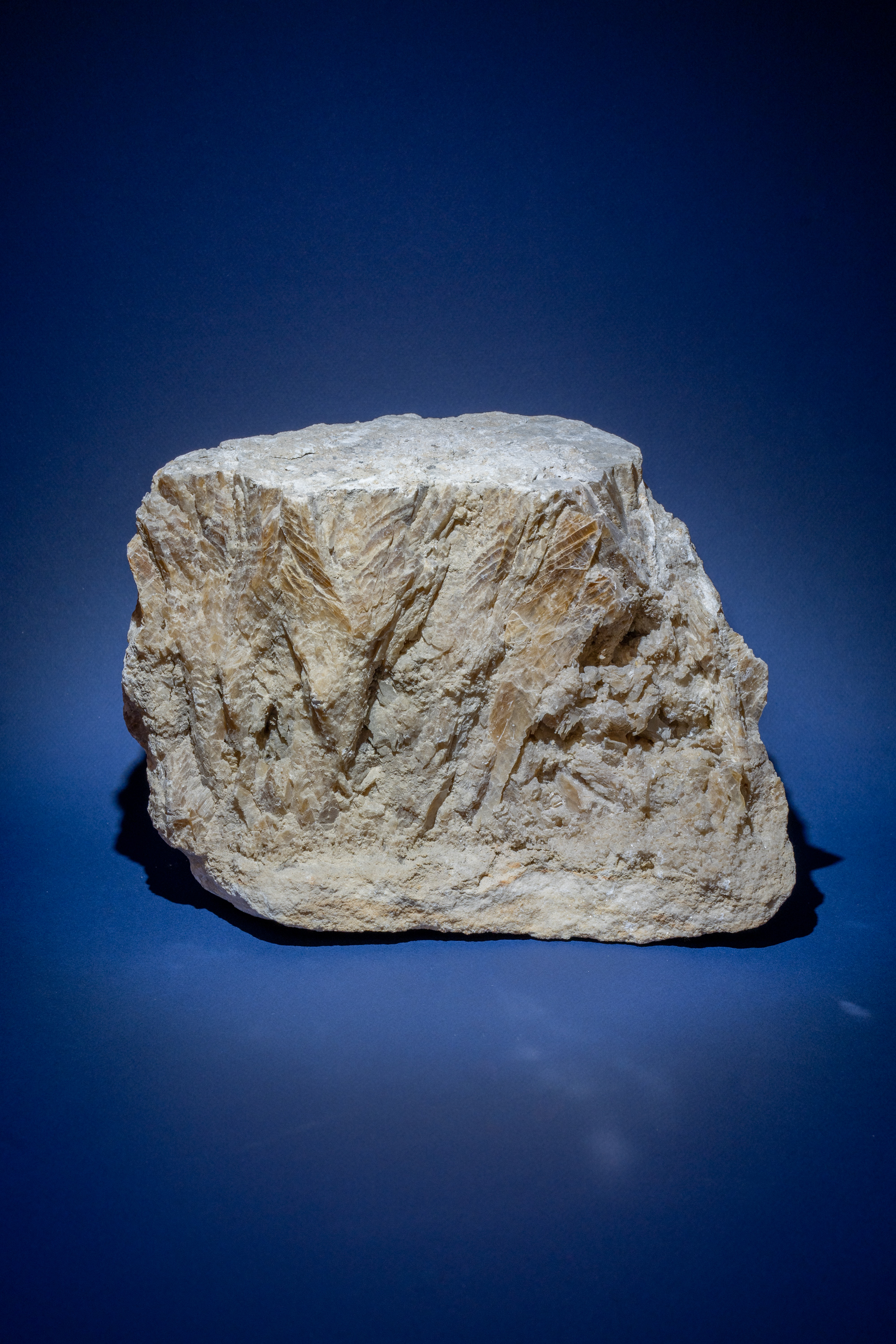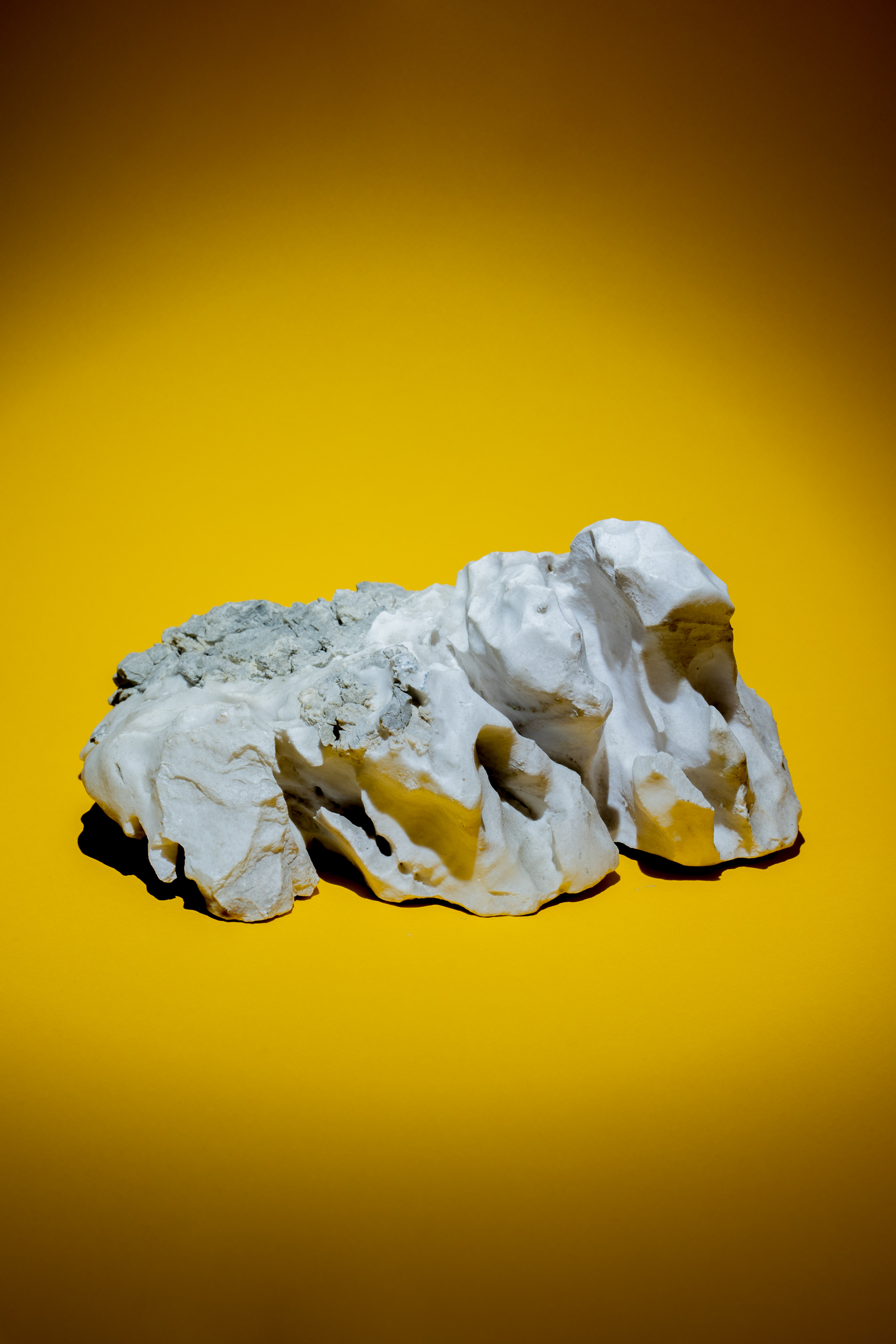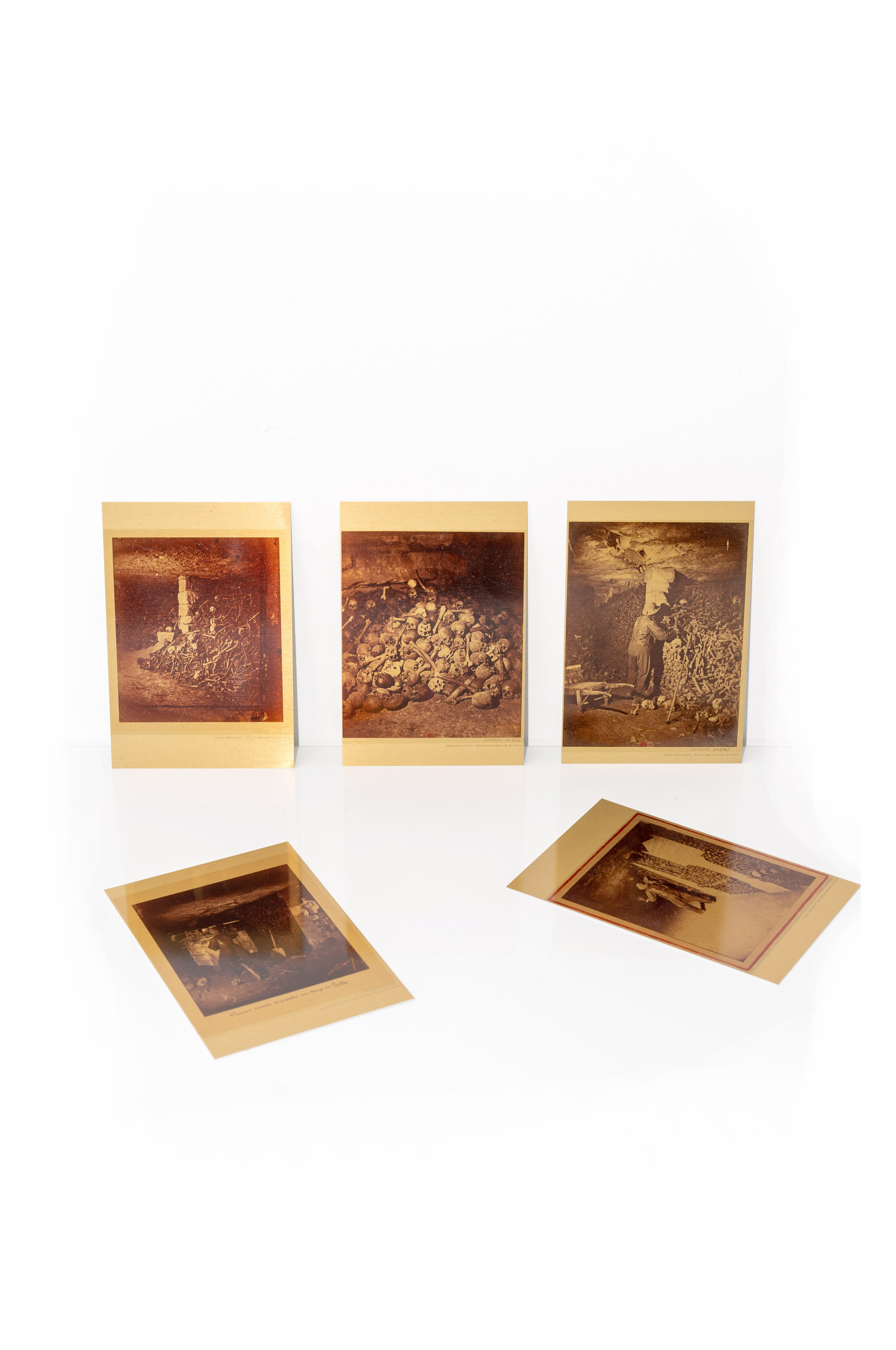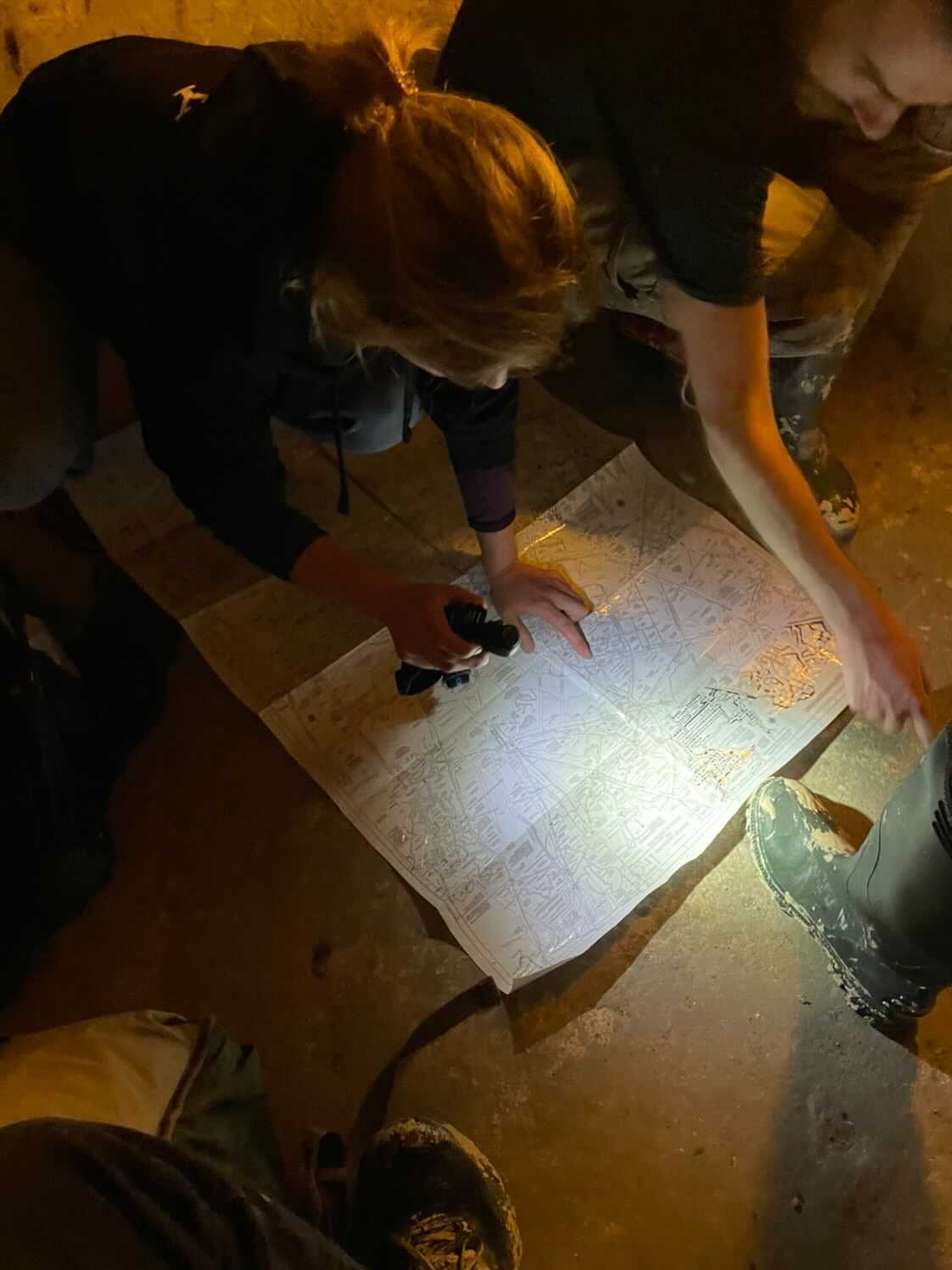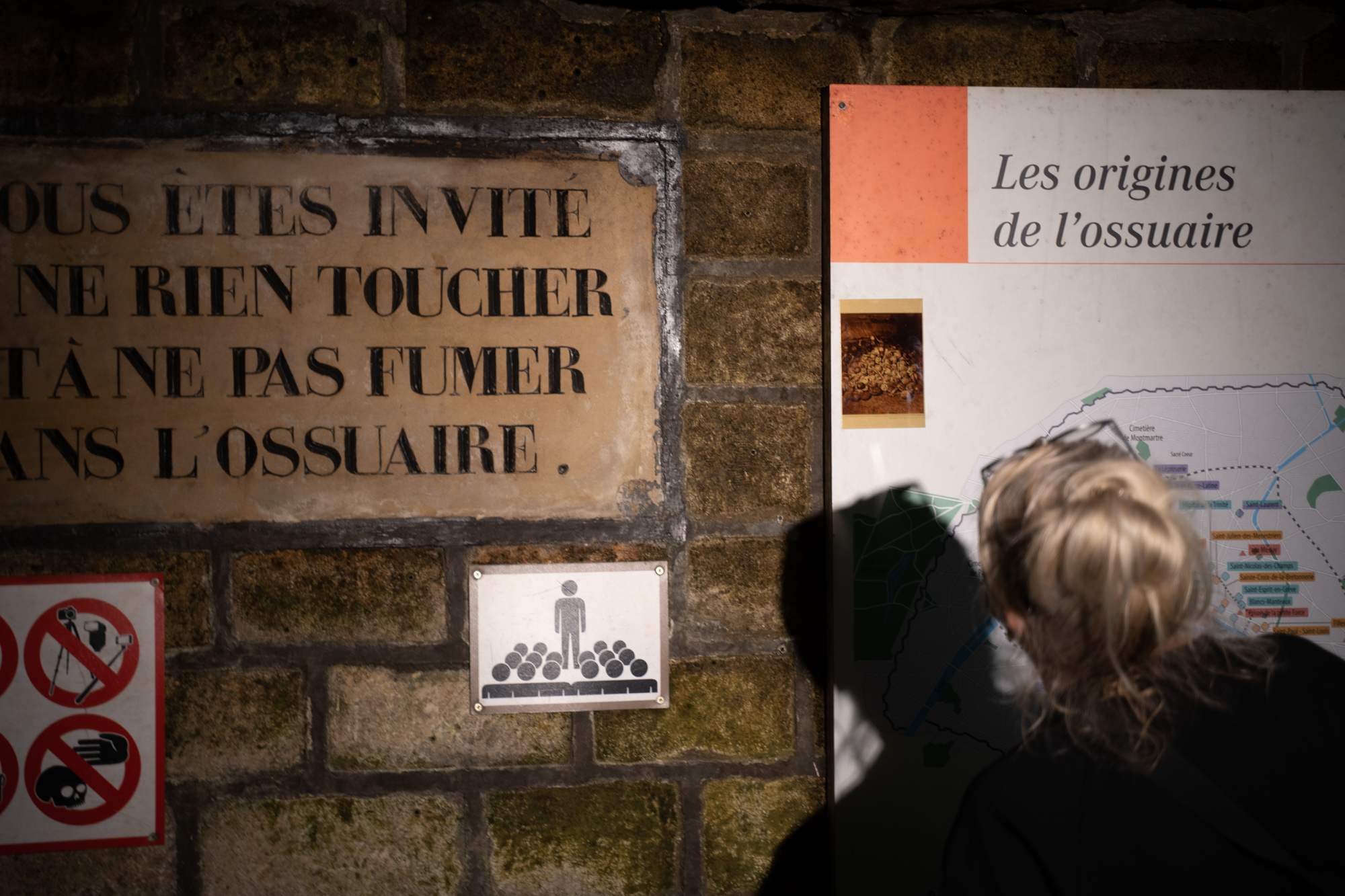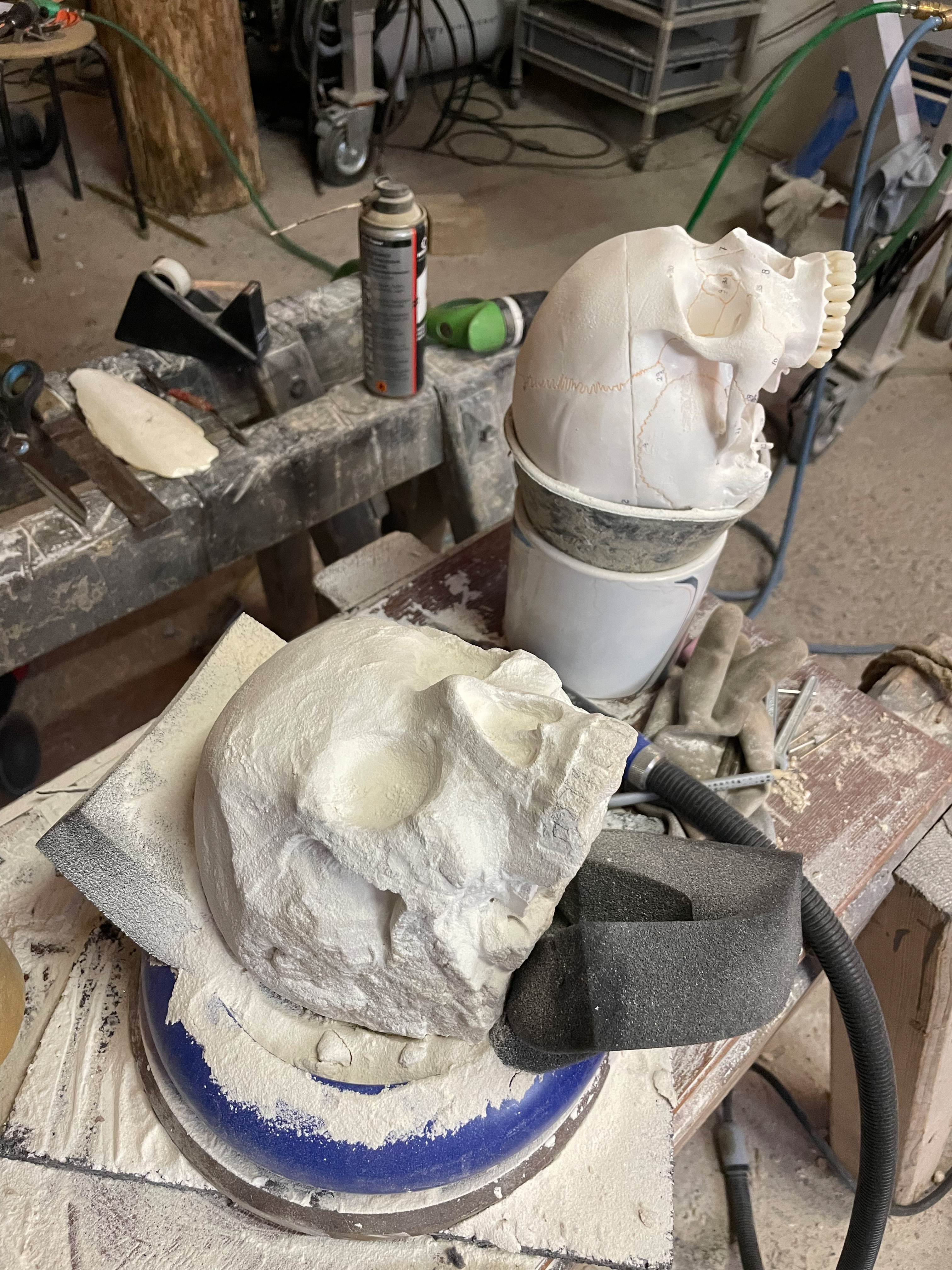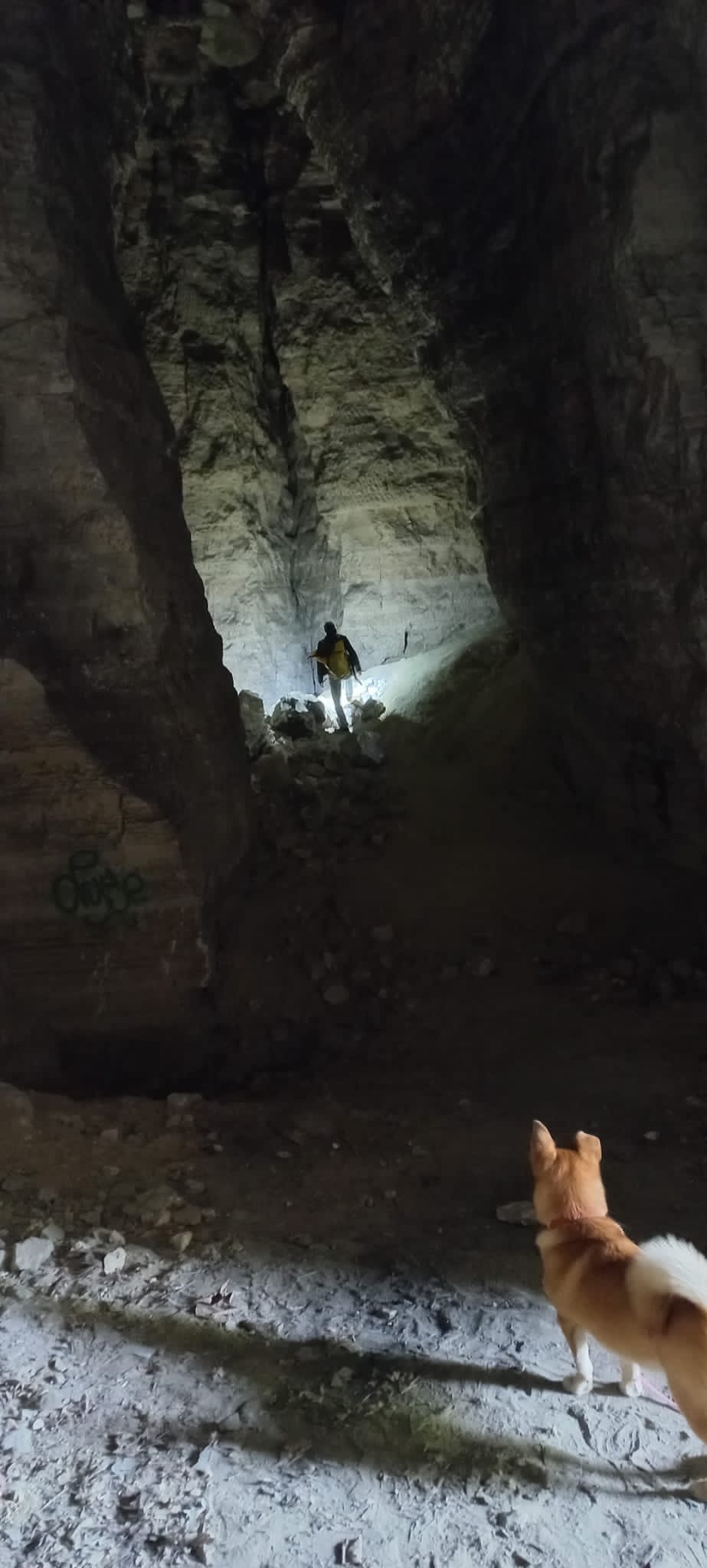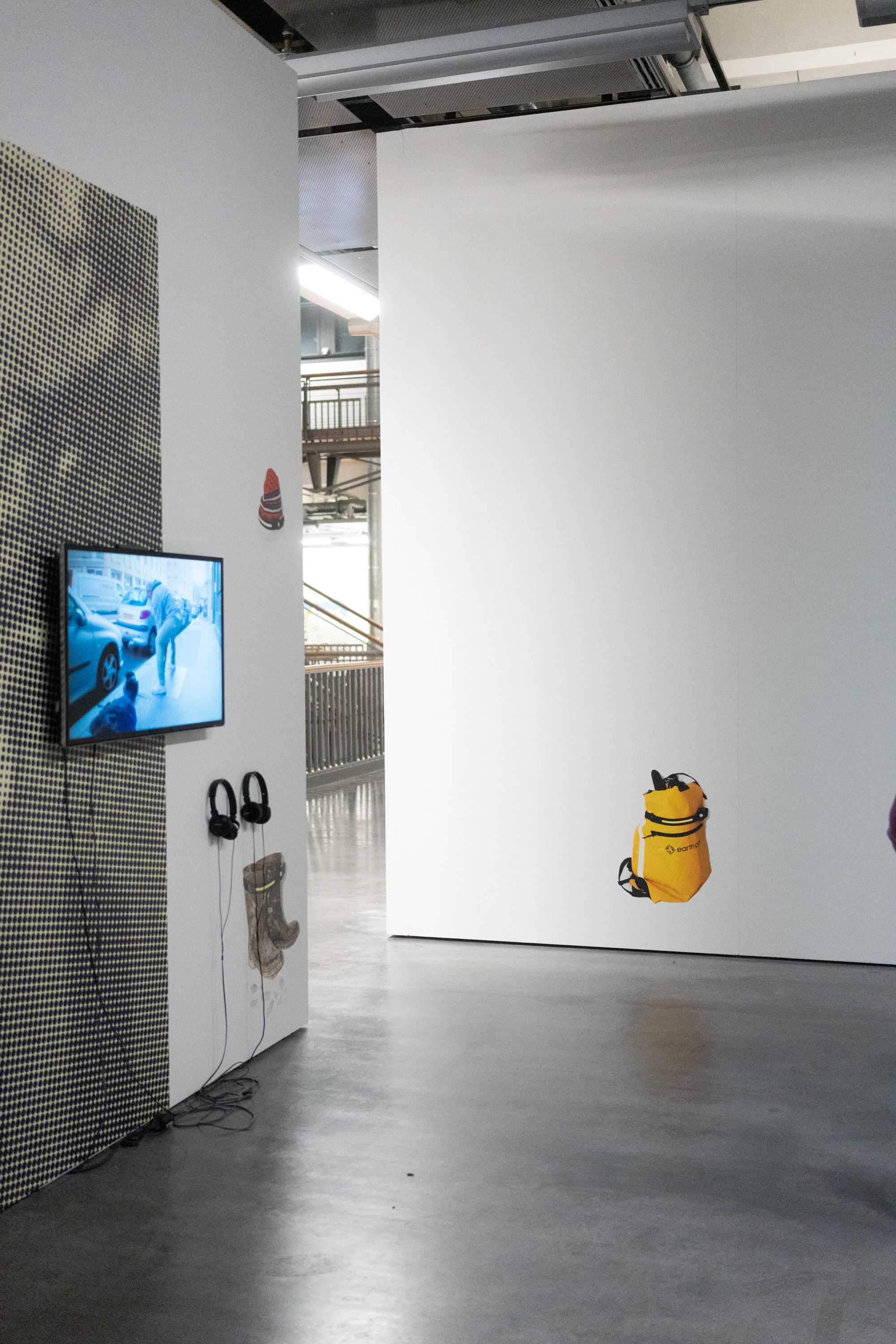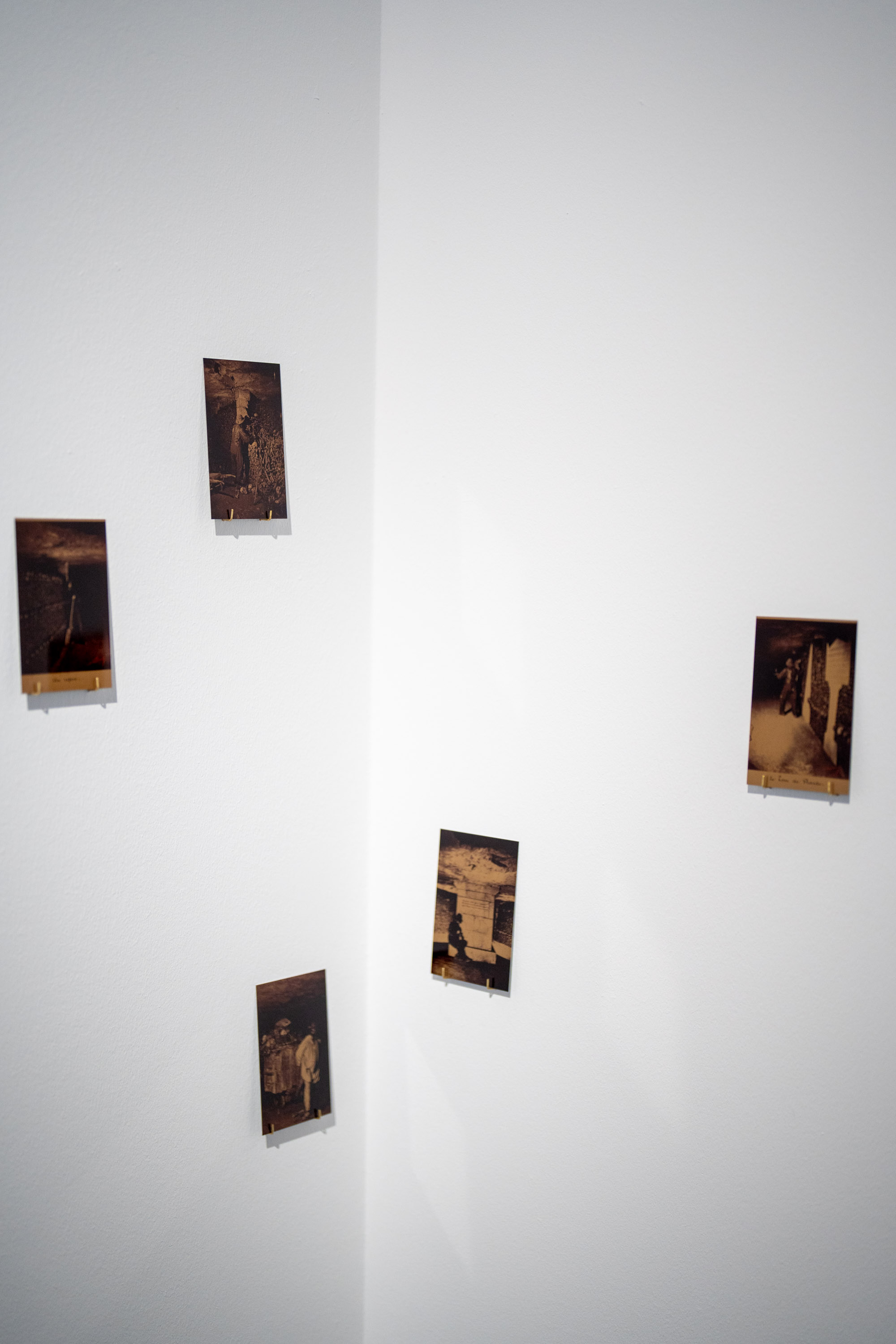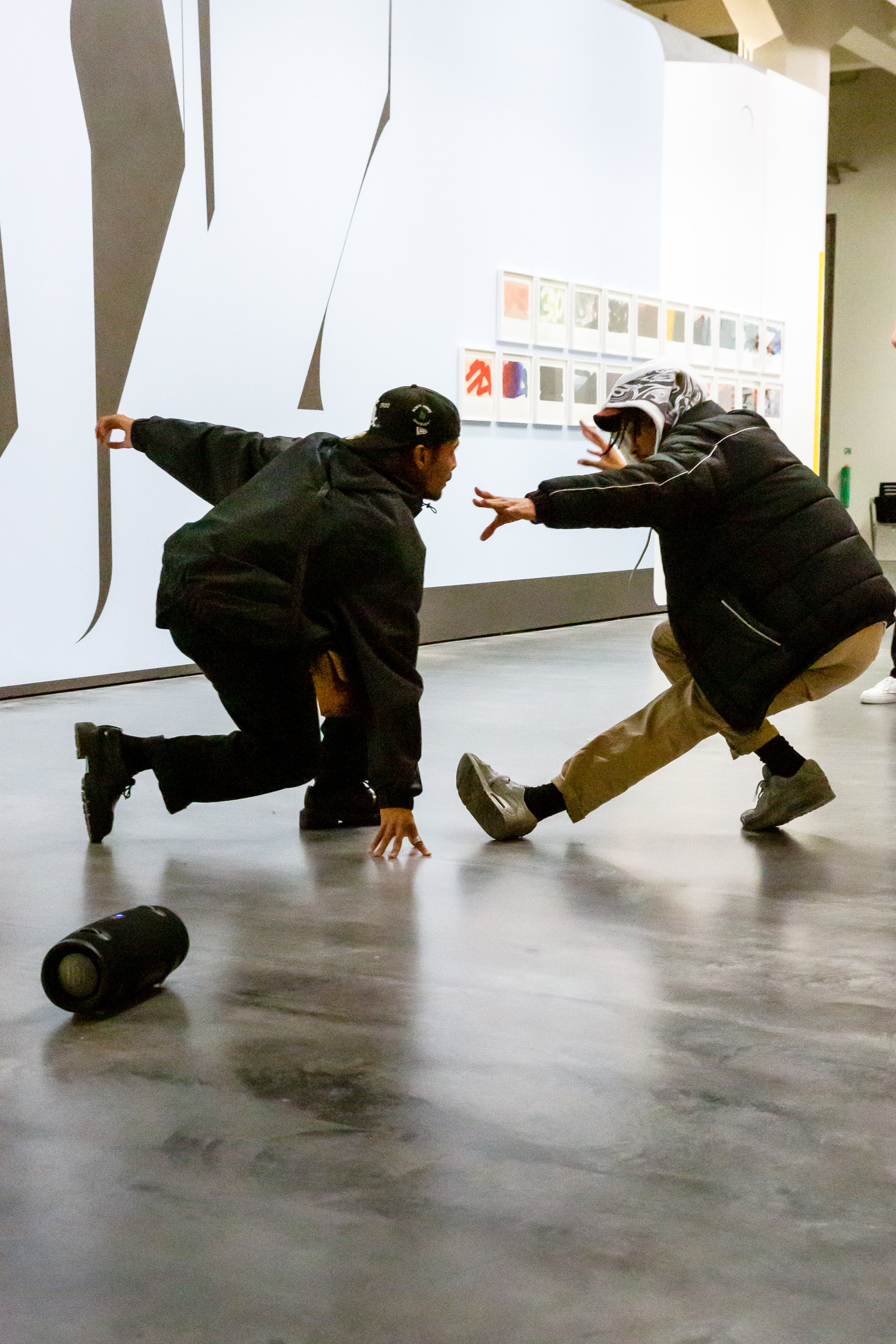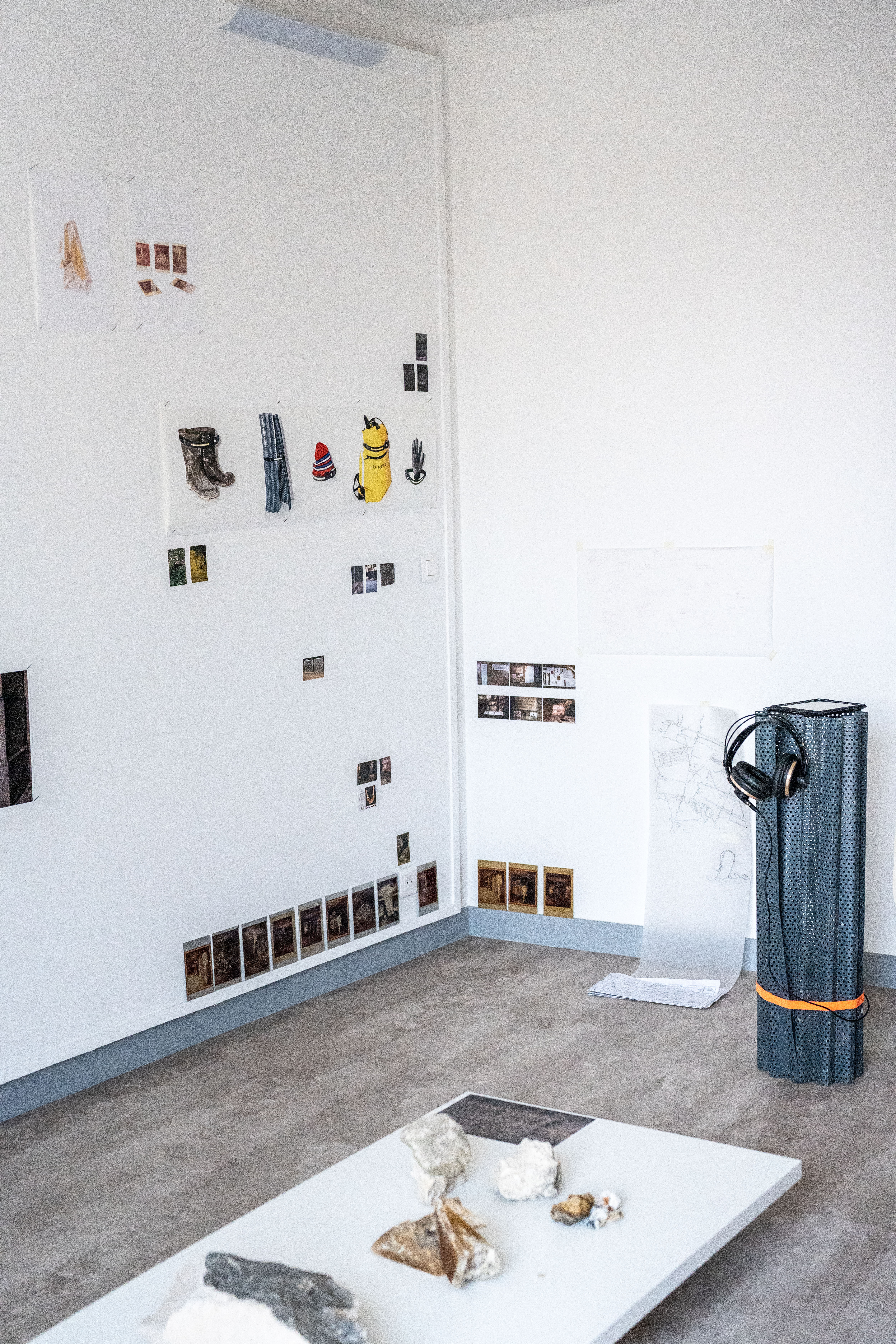Les Fontis
When Alice follows the elusive rabbit in Alice in Wonderland, she falls into the hole. She follows him out of curiosity, but believes that catching the rabbit will give her new knowledge or satisfaction. She enters a parallel world and emerges in a place she did not expect. The experience of falling changes her view of identity and reality forever. I literally „fell down“ the rabbit hole of the Paris catacombs during my studies ten years ago . With my every return I decided to bring a tract* with me and hide it. This underground space creates a parallel world to the city.
The system of underground channels and tunnels in and around Paris stretches for nearly 300 kilometers. These mines and quarries, from which stones were extracted to build the city, were used as shelters during military uprisings and provided space for human bones from Parisian cemeteries. Only two kilometers of these tunnels have been converted into a tourist attraction and opened to the public: the Museum of the Catacombs. All the other tunnels, now hidden from the public, have become a place of escapades and discoveries for the groups of Cataphiles. The discoverers of an underground city, enthusiasts who walk, protect, maintain and preserve the hidden heritage of Paris. The Cataphiles are on a quest to reestablish a relationship with nature and history by opening the closed entrances and traversing the narrow passages, often in physical contact with stones and the ground.
However, some of the underground passages are at risk of collapse. Erosion and collapse are caused by the dissolution of the gypsum crystals in the limestone that form the passages of this underground world. The gypsum dissolves over time through contact with water and with moisture. The water which dissolves the gypsum was called ‘Moonwater' in ancient times. Water erosion leads to the formation of sinkholes, holes in the ground that are visible on the surface (in French: Les Fontis). The northern areas of Paris are under threat because of gypsum geology.
I have involved myself in research of plans of prevention and risques of terrain (PPRMT) established by the city (IGC) to assess the risk, monitor and prevent damage to the surface. The colorful legends from the map inspired the colors of backgrounds of photographic representation of images for the gypsum stone pieces. Looking at the historical representations of sinkholes, I found the first documentation of catacombs commissioned to photographer Felix Nadar in the 18th century. I reprinted his images on zinc plates and gave them a status of a tract* hiding them in historic places in the catacomb system underground. My work pays a tribute and commemorates the history, it becomes a valuable tract to those who find the plates.
In the video work I compare the clandestine community of cataphiles to the community of street dancers and dance battles happening in Paris. Video work follows the various layers of the city and its historic boundaries, by translating them into the bodily experience of a camera work and by turning the spatio-temporal consciousness of the urban space upside down.
 Play
Play
By playing the video, you accept the cookies from Vimeo. You can find further information at vimeo.com/cookie_policy.
Akzeptieren Play
Play
By playing the video, you accept the cookies from Vimeo. You can find further information at vimeo.com/cookie_policy.
AkzeptierenCredits
Performer: Kryzastyle, Naragascar
Music: Kamil Pater
Colorist: Szymon Ronowicz
Thanks to:
Gilles Thomas, Olivier Fouché-Grobla, Conservatoire National Arts et Métiers Paris, Jules Qureleux Inspection Générale des Carrières, Anais Tondeur, Cite des arts Paris, Pauline Drand,Michele , Ivana , Lydia Kähny, Christina, Scheib , Marlene Riegler, Stefnie Patruno, Shanti Mexer CCFA Karlsruhe
